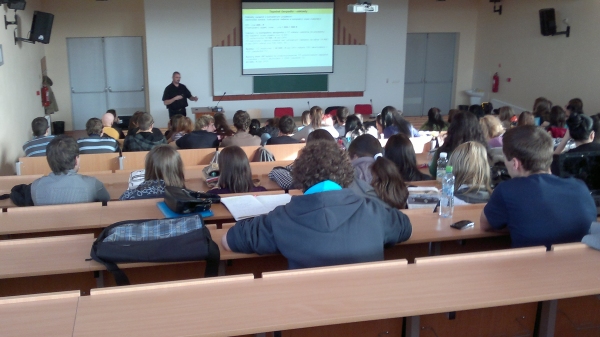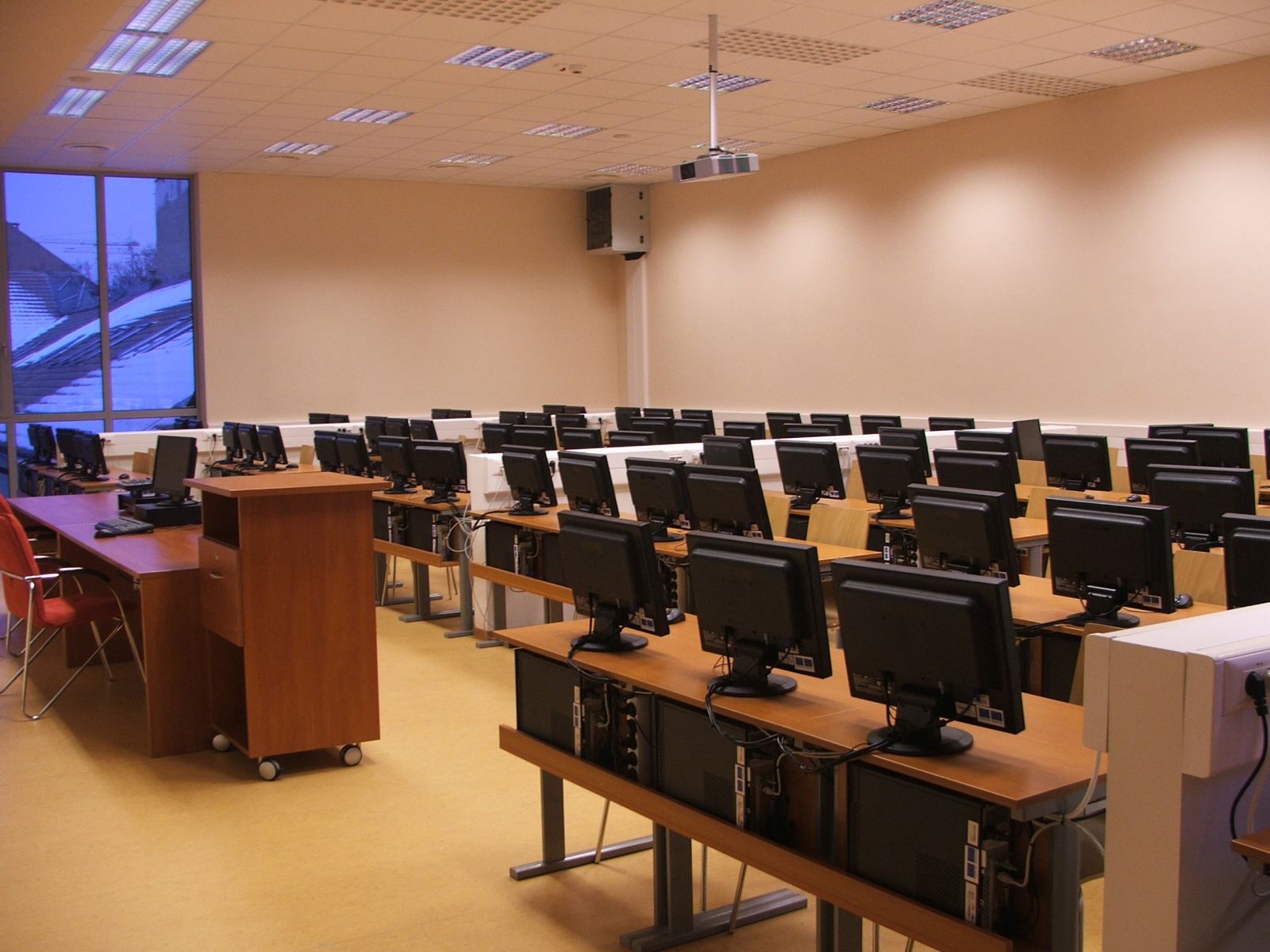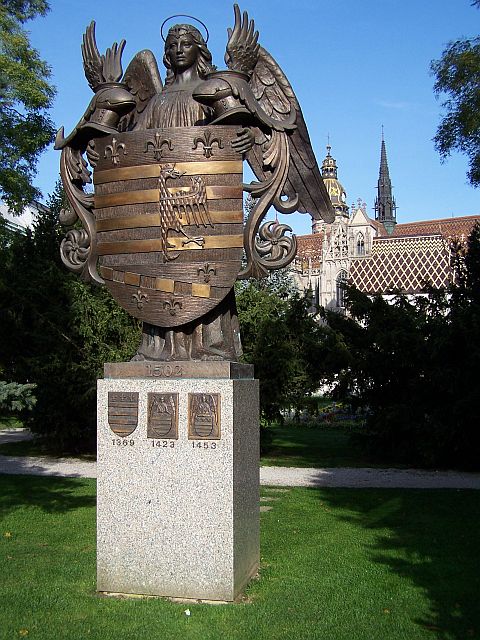Project Overview
European citizens do not participate equally in the Information society: in fact, the digital gap is moving down from infrastructures to uses. Based on this observation, local authorities in Europe have developed Digital Public Spaces (DPS) promoting e-inclusion.
Tags
11.University of Economics in Bratislava. The Faculty of Business Economics, Košice (SK)
University of Economics in Bratislava, Faculty of Business Economics with seat in Košice (SK)
Who are we?
The University of Economics in Bratislava (UEB), established in 1940 as the Slovak Higher School of Commerce, is one of the most important educational and scientific-research institutions in the Slovak Republic.
The University provides higher education in the field of economics and business in Bachelor’s, Master’s and Doctoral programs for full-time and part-time students. Science and research form an integral part of the university’s activities.
The university has 6 faculties situated in the capital of Slovak Republic and 1 faculty resides in Košice. Faculty of Business Economics UEB with seat in Košice is scientific and educational institution preparing future economists for businesses and institutions, as well as government.
Within the profile of the faculty, we are focused primarily on the needs of practice, which requires not only highly skilled but also flexible and self-thinking professionals able to take their place in a relatively wide range of economic activities. Particular attention in this direction is given to scientific research and cooperation with local authorities at municipal and regional level.

Where are we from?
The past
Košice Region is located in the southeastern part of the Slovak Republic and consists of four historic regions:
· Abov,
· Gemer,
· Spiš,
· Zemplín.
The City of Košice was the centre of Abov region and was the largest settlement in the area of abovementioned regions. First written reference about Košice (historic name Cassa, Cassovia) is dated 1230 and mentions the church in royal settlement named Villa Cassa. Košice became officially a city in 1241, when king Belo IV gave Košice city rights. In 1369 Košice acquired its coat of arms, which is the oldest city's coat of arms in Europe documented.
Košice were cultural, craft and commercial centre of the whole area and the Upper Ugria with important trade routes, especially from Baltic to the Balkans. In the first half of the 15th century, spectacularly Gothic buildings were built in Košice, the most important example is the Cathedral of St. Elizabeth. Bloom of Kosice reached its peak in mentioned 15th century, when Košice was with 10 000 residents one of the largest cities of Europe.
In 1960 Košice became the capital of East-Slovak Region and not only with the construction of East-Slovak Steelworks (now U.S.Steel Košice) the city became the fastest-growing city in the Czechoslovak Republic.

The present
Košice Region is considered to be the second largest region in the Slovak Republic. As of 31 December 2010, the population of the region was 780,000. The average density of the population is 115 people per km2. 31% of overall population of Košice Region lives in the region’s capital.
Its area of 6,755 km2 represents 14% of the total area of Slovakia. Agricultural land covers the area of 3,365 km2, i.e. half the area of the region.
Settlement structure of the region consists of 440 municipalities, 17 of which have the status of a town – Čierna nad Tisou, Dobšiná, Gelnica, Košice, Kráľovský Chlmec, Krompachy, Medzev, Michalovce, Moldava nad Bodvou, Rožňava, Sečovce, Sobrance, Spišská Nová Ves, Spišské Vlachy, Strážske, Trebišov and Veľké Kapušany. The city of Košice, the region’s capital, is an administrative, industrial, business, economic as well as educational and cultural-historical centre of Eastern Slovakia.
The future
The biggest future challenges for the Košice Region can be summarized in 3 areas. First is the infrastructure, which is related to investments in the industry. The key in this area is the development of road infrastructure, particularly highway network.
Second is the development of tourism, while Košice Region offers many UNESCO historical sites, as well as natural beauties. In 2013, the city of Košice will be the European Capital of Culture.
Third area of interest of the Košice Region is the development of rural areas and communities within these areas.
Why are we here?
Our main interest in the E-COOP project is communities, especially in rural areas. Identifying best practices from other regions throughout the Europe and implementing them in our region could help the development of these areas and improve the quality of life. Our intention is also to enhance e-inclusion of vulnerable groups of people (elderly, unemployed, disabled) and thus enable them to enjoy benefits offered by information society.

| |
Project partner | |
Name of the organisation | University of Economics in Bratislava, Faculty of Business Economics with seat in Košice |
website | www.euke.sk |
Contact person | Mr Matej HUDÁK |
matej.hudak@euke.sk | |
Territory | |
Name | Košice Region |
Country | Slovak Republic |
NUTS level | NUTS3 |
Population | 780 000 (2010) |
% of rural population | 40 % |



